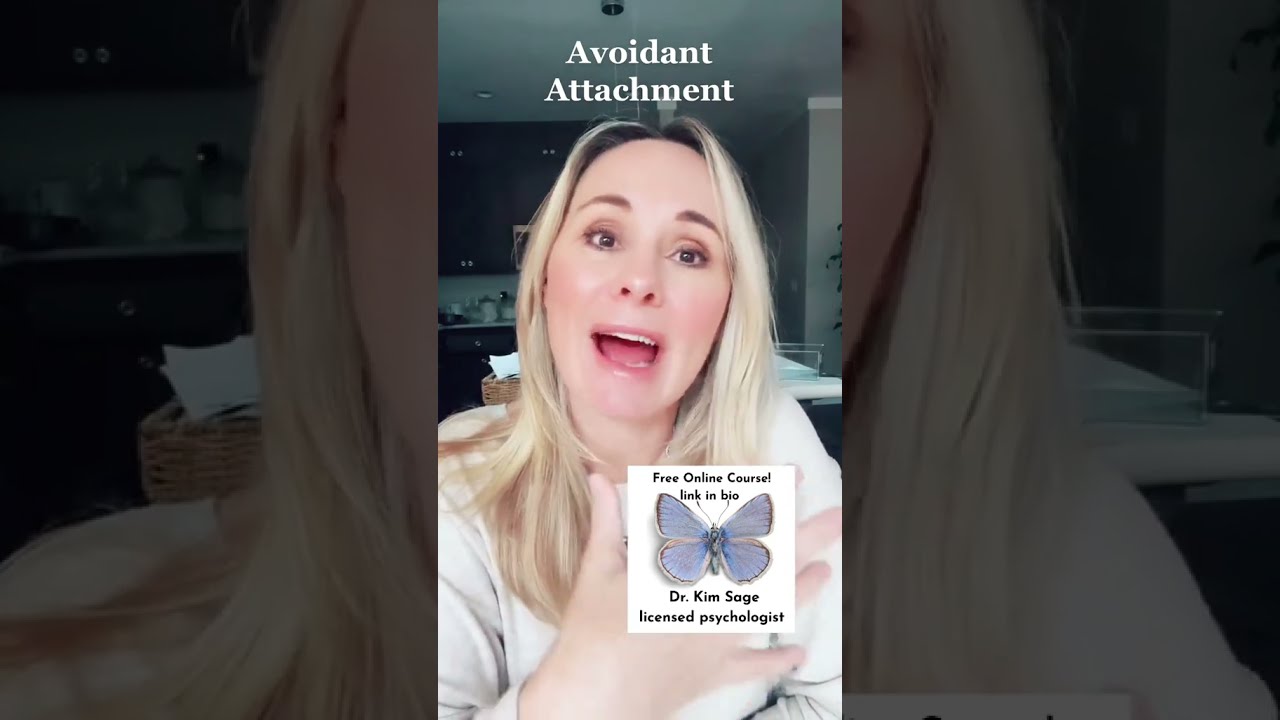
The Dismissive Avoidant and Kissing: Understanding Their Intimacy Patterns
Introduction
In the realm of romantic relationships, understanding the dynamics between individuals with different attachment styles is crucial. One such attachment style is the dismissive-avoidant, characterized by a fear of intimacy and a tendency to distance oneself emotionally from others. This article delves into the intricacies of the dismissive avoidant's intimacy patterns, with a specific focus on their approach to kissing. By gaining insight into their behavior and mindset, we can navigate relationships with dismissive avoidants more effectively.
The Dismissive Avoidant: A Brief Overview
Before delving into the specifics of dismissive avoidants' intimacy patterns, it is essential to grasp the fundamentals of this attachment style. Dismissive avoidants are individuals who have developed a defensive mechanism to protect themselves from emotional vulnerability. They often exhibit self-reliance and independence while maintaining an emotional distance from their partners.

The Role of Kissing in Intimacy
Kissing is an intimate act that holds significant meaning in romantic relationships. It serves as a physical expression of love, desire, and connection between dismissive-avoidant attachment style partners. However, for dismissive avoidants, kissing can be a complex and challenging experience due to their fear of intimacy.
How Dismissive Avoidants Approach Kissing
Signs an Avoidant Is Done With You
Recognizing when a dismissive avoidant is no longer invested in a relationship can be challenging. However, certain signs may indicate their emotional detachment:
Overcoming Challenges in a Relationship with a Dismissive Avoidant
Maintaining a healthy and fulfilling relationship with a dismissive avoidant requires understanding, patience, and effective communication. While it may seem daunting, there are ways to make an anxious-avoidant relationship work.
How to Make Anxious-Avoidant Relationship Work
The Intersection of Two Avoidants in a Relationship
When two individuals with avoidant attachment styles enter into a relationship, unique challenges arise. Here are some key points to consider:


Conclusion
Understanding the intimacy patterns of dismissive avoidants is crucial for navigating relationships with them. By recognizing their approach to kissing and intimacy, we can adapt our expectations and communication styles accordingly. Building trust, fostering open communication, and seeking professional help can contribute to a healthier and more fulfilling relationship with a dismissive avoidant. Remember, patience and understanding are key when it comes to any relationship, including those with dismissive avoidants.
FAQs
- A: Avoidants tend to fall in love gradually, often through shared activities and intellectual connection rather than intense emotional experiences.
- A: The amount of space needed may vary for each individual avoidant. It is essential to communicate and respect their boundaries while also ensuring your own needs are met.
- A: There is no definitive answer as it depends on various factors such as the individual's personal growth and willingness to work on themselves.
- A: Yes, two avoidants can be in a relationship; however, it may require extra effort to establish emotional connection and intimacy.
- A: Communication should focus on understanding each other's needs, setting boundaries, and creating a safe space for open dialogue.
- A: When you stop chasing an avoidant, it allows them the freedom to process their emotions without feeling pressured or overwhelmed.